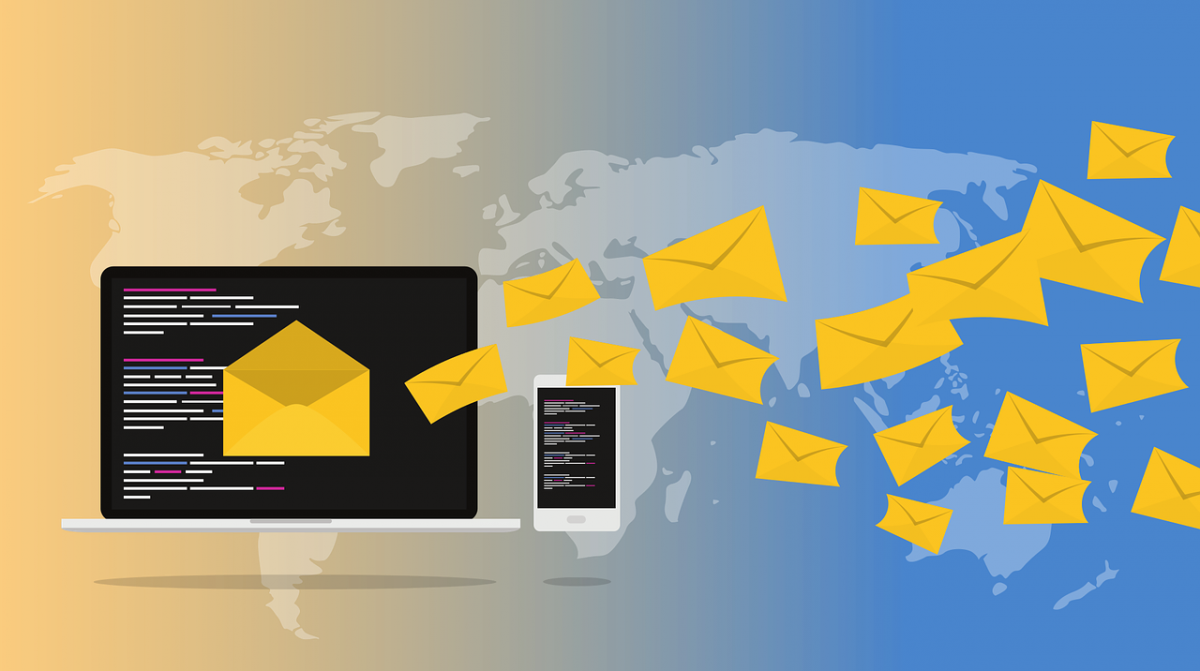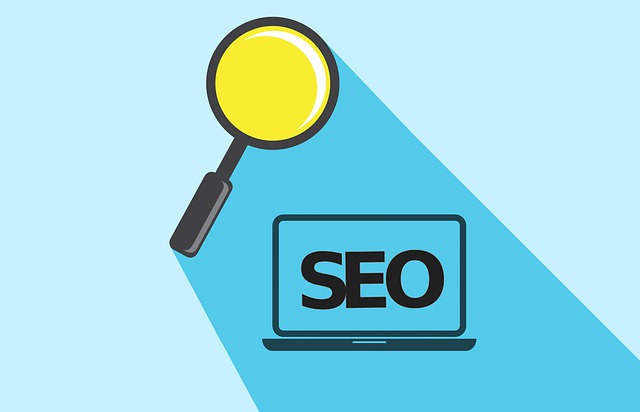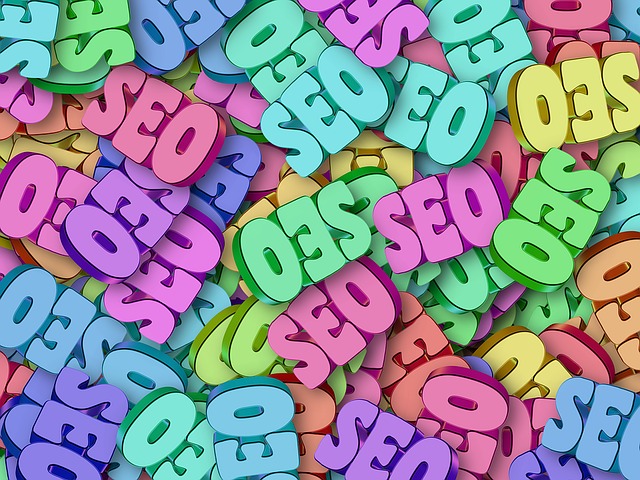Email marketing has persisted over time and it allows marketers to effectively connect with their audience. Ideally, a business needs to connect in a highly personalised way, whilst staying on budget. These days, we’ve replaced messages with likes, status updates, and Tweets, but that doesn’t mean our affinity for email is any less. As more and more people are actively engaging in social media, more noise is created and one could argue that the inbox has become our one place of solitude amongst all the noise and chaos. With this said, it is now that email marketing campaigns have become more important than before. However, there is a problem, that most people don’t know how to do it right. So, with the interest of developing best practices and helping you succeed as a business owner, let’s go back to basics and discuss how an excellent email marketing campaign is built from the ground up.
Before we get into what exactly what email marketing is, we must understand what email is and what it should be used for. We all know what the purpose for email is communication. Email allows us to distribute messages electronically from one computer user to another or multiple recipients at a time via a network. Businesses use and rely on email every day to send several different messages whether it is newsletters, invoices, product updates, news updates or even a simple email from one company to another.
1. Email is for distribution
Even though email has been around for years now, and technology has significantly progressed since, email is still one of the best distribution channels that exist. It is a one to one channel where it opens a direct line into people’s inboxes. When you think about it, the sender has a direct line into our lives when we choose to click and open a specific email. Most of us check our emails multiple times a day, whether it is our business email or personal email. Some people check their emails in bed when they first wake up, at work and even at home after a long day of work. When someone subscribes to your email list, they are letting you into their inbox. This may not be a huge deal, but typically, that space is reserved for family, friends, and maybe a few trusted brands and newsletters. When people subscribe, those subscribers are asking for your best ideas and content, which means it is up to you and your business to send excellent emails every time.
2. Email is for action
Emails are also great for promoting action. There may not be a better social tool for getting people to do something. Whether your emails are trying to get your subscribers to buy a product, join a cause, read, or share a piece of content, email is an effective method to get people to act.
3. Email is for unique voices
When you send out an email – you as the writer, the marketer, the brand and the business – establish a relationship with someone else. This person may be an existing customer to your business or a potential customer that has subscribed to your email list out of curiosity and see what you can offer them. When creating content to send to your subscribers you may want to write different content for different customers. For example, you may be an athletic gear supplier that carries many different brands for different sports. You can then write your email targeting people who play soccer with your latest soccer boots based on if that customer has bought soccer related products in the past. If you have new subscribers to your emailing list, you may even want to create content that addresses a general overview of your business’ offerings. Even though you may be sending an email to tens or hundreds or even thousands of subscribers, writing a newsletter with a specific recipient in mind will allow the recipient to feel as though they have received an email from a friend. Emails with personalised newsletters can be effective and very successful as it shows that you care for your customers and know what they like, have bought in the past, and what they might be interested in.
How to get started on an email marketing campaign
We are now bombarded and inundated with interruption and advertisements everywhere we look. Even though you may think your idea is special, there is a high probability that to the reader, it looks the same as the rest. Therefore, it’s very important to remember where you are when you send an email to one of your subscribers. Getting into someone’s inbox is like being invited into their home, therefore it is important to remember to be respectful.
1. Get permission
First things first. Getting permission to even be allowed access into a mailbox is the first step to getting the campaign started. Without any emails addresses, you won’t have anyone to send your emails to. By gaining access to inboxes, you can start focusing on building a sizeable email list. There are many ways you can do this. You can give something away for free to your subscriber or simply offer a newsletter or product updates. Not all businesses should use the same tactic, because as you know, all businesses are different. Remember what your purpose is when asking for an address. You can add a strong call to action to help encourage users to subscribe to your, in which copywriting comes into play and is super important. If you want to be successful in obtaining addresses, you need to consider the questions why someone would give you their address. Questions such as “what will I get when I give you my email address?”, “are you going to spam me?” or “will I get discounts” should be considered and used to help what kind of emails and the content you will be sending them. State exactly what they will receive if they decide to sign up in a specific and clear way to avoid confusion.
2. Get whitelisted
You can’t control whether your emails hit the inbox or the spam box no matter how hard your email service provider works to make sure your emails aren’t block by major internet service providers. While almost all reputable email service providers aim to ensure this doesn’t happen, getting whitelisted is probably the most effective way to ensure that all your emails get delivered properly. The best way to be whitelisted is by being added to the recipient’s address book. To do this effectively, is by providing instructions to do so at the top of each email, especially on the first thank you and follow-up email.
3. Manage expectations with follow-up efforts
Email marketing is all about expectations. Therefore, it is up to you to set the expectations with strong call to actions and consistent follow-up emails for a positive campaign. The initial follow-up email is crucial to the success of your email marketing efforts. The first follow-up email should be sent immediately after a person has subscribed to introduce yourself and detail what you plan on doing with their email address. If you have said that you will be sending daily, weekly or even monthly emails, it is important that you stick to your word. Keep your expectations consistent.
4. Segmentation
Before you send out your emails to everyone on your mailing list, segment your list into targeted groups. You could segment your email list based on the preferences of your subscribers, whether they would like product updates, newsletters, daily emails, etc. By dividing your list, you can send more targeted emails. Some of your customers may want product updates, or both product and sales updates, while others may only want to read about new versions. If you don’t give your subscribers the chance to choose, you may risk losing them.
5. Write email content
Decide what type of content you want written in your email. You may want to provide valuable insights, updates and new content about your product or service. Each email should have an introduction (your reason for sending the email) and includes a list of relevant information to engage with the reader. Try and mix up messages and updates to further your relationship with the reader. Your newsletter may contain a list of product updates as well as images, balanced by a personal message or a friendly update. Don’t always try to pitch sales with new products or services. This can sometimes annoy your readers. Make sure your email provides targeted communication to the reader relevant to their interests and preferences, by segmenting your list, you will be able to easily write what specific segment in mind.
You may also have noticed when online shopping, the online store might have recommended you certain products based on items you have purchased in the past. Providing relevant offers based on buying habits are more likely to help achieve a successful email marketing campaign. As mentioned before, all businesses are different, and figuring out what works best for you will help in your success, but remember, an email list is a permission, so be careful as to what kind of content you decide to send.







